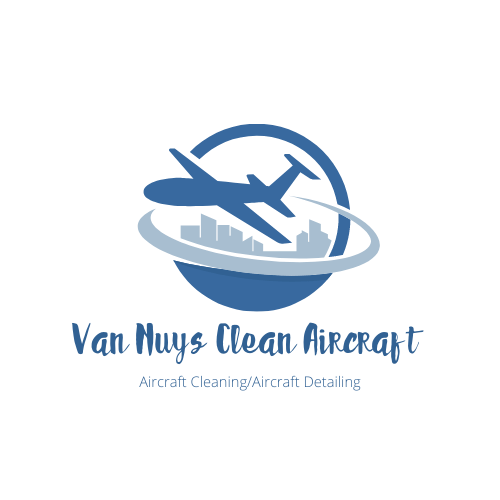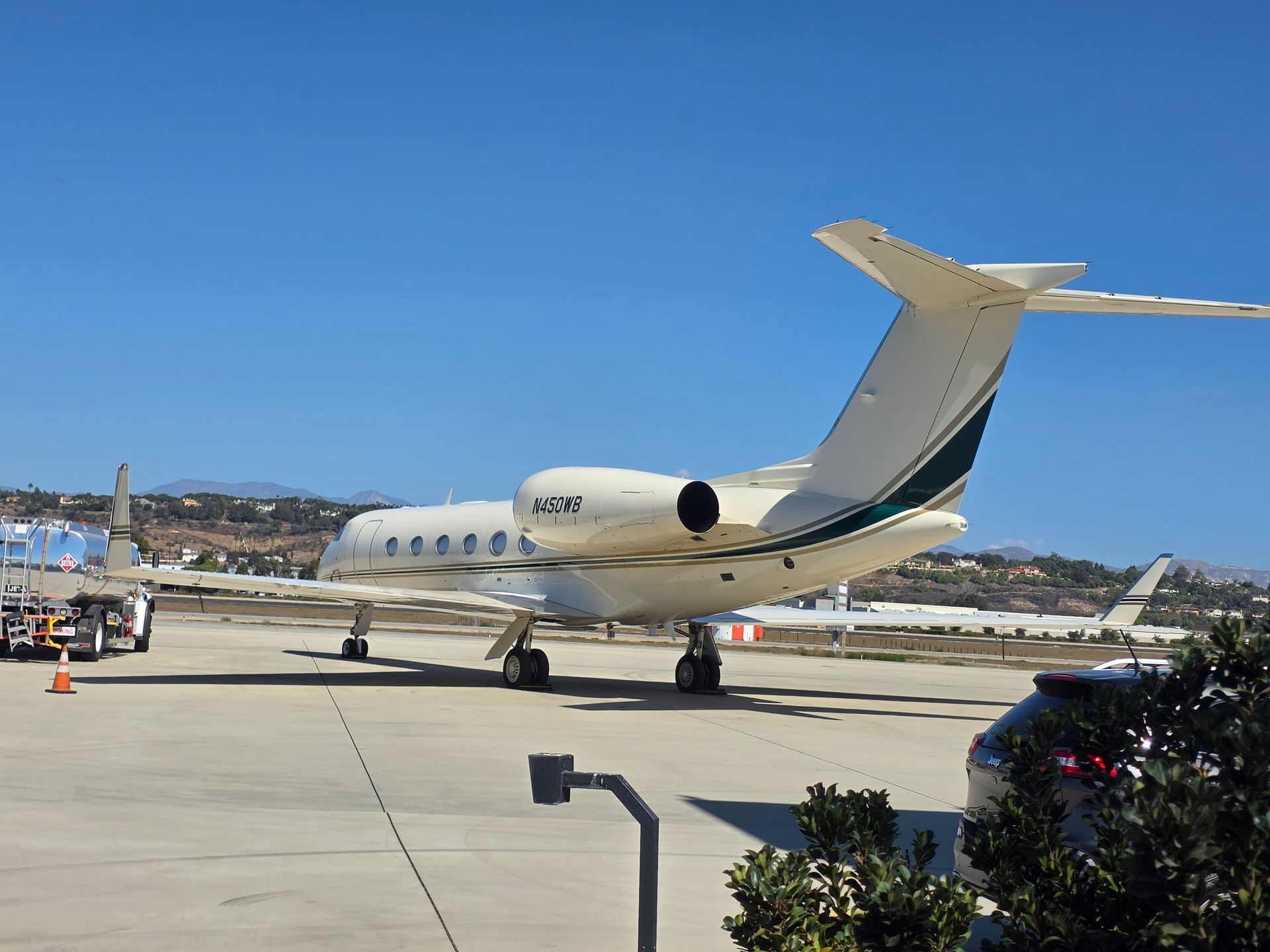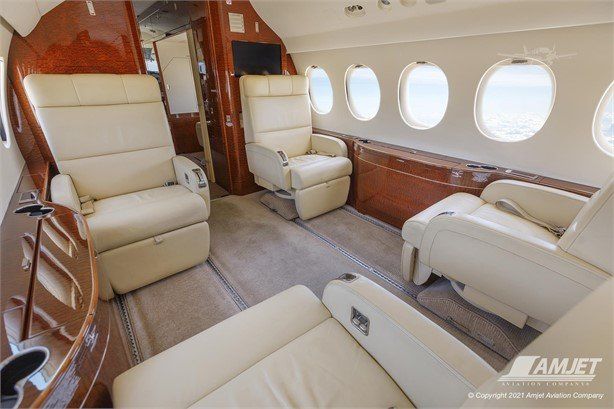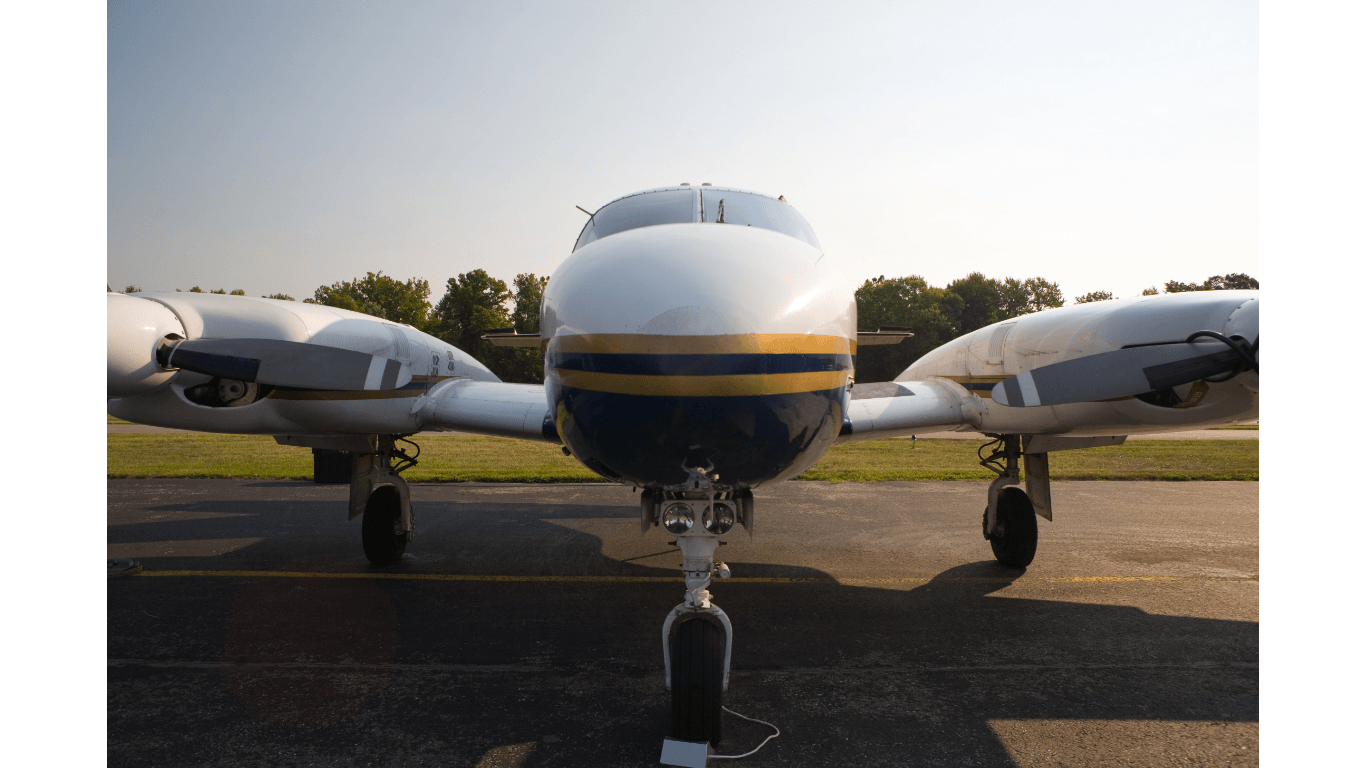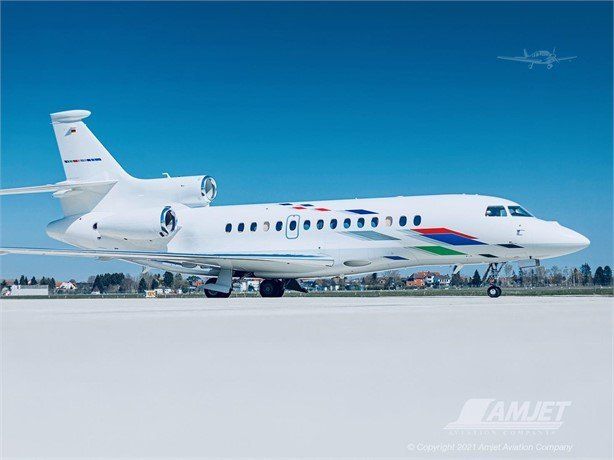Why One Detailing Mistake on Your Private Aircraft Can Cost You Tens of Thousands — And How to Avoid It
Avoid Costly Detailing Mistakes
As a private aircraft owner in Southern California, your jet or turboprop isn't just transportation — it's a statement. Whether you're touching down at Van Nuys (KVNY), John Wayne (KSNA), McClellan-Palomar (KCRQ), or any of the dozens of executive airports from Santa Barbara to San Diego, a gleaming exterior and pristine cabin reflect the same level of excellence you expect in flight. But in our region — with intense UV exposure, coastal salt air, marine layer moisture, and frequent trips over the Pacific — the wrong detailing choice can quickly turn that pride into an expensive headache.
The #1 hidden risk private owners face today? Damage from improper techniques or products. What looks like a simple "wash and wax" can scratch irreplaceable paint, clog critical flight sensors, or ruin ultra-luxury interiors. One small error can easily lead to $20,000–$100,000+ in repairs, plus weeks (or months) of downtime and potential FAA scrutiny.
Here's what every SoCal private aircraft owner needs to know:
The Most Common (and Costliest) Detailing Mistakes
- Scratching or Swirling the Paint with the Wrong Tools Many auto-detailing brushes, wool pads, or even microfiber towels are too aggressive for aircraft polyurethane finishes. In Southern California's relentless sun, oxidized paint is already fragile — aggressive pads create micro-scratches that turn into visible swirls and, eventually, clearcoat failure. Real-world cost: A full paint correction or partial respray on a midsize jet (e.g., Citation, Phenom, or Gulfstream) can run $15,000–$50,000+ in California shops.
- Using Automotive Chemicals that Dull or Chemically Burn Finishes Household or car-wash soaps, silicones, and harsh degreasers strip protective clearcoats and leave permanent hazing. Hydraulic fluid (Skydrol) and jet exhaust are already tough on paint — the wrong cleaner accelerates UV damage and corrosion under the surface. Here in southern California, our year-round flying weather means more exposure to exhaust soot and bug residue from low-level coastal hops. One bad chemical reaction can require stripping and repainting large sections.
- Clogging Pitot-Static Ports, Antennas, or Sensors with Tape Residue or Overspray Detailers who tape off static ports carelessly (or forget to remove tape completely) leave adhesive that hardens and blocks airflow. This triggers erroneous airspeed/altitude readings — an immediate ground-and-inspect situation. Safety + Cost: The FAA takes blocked static systems seriously. Fixing it can involve AOG (aircraft on ground) calls, sensor replacement, and flight testing — easily $10,000–$30,000 plus lost possible charter revenue.
- Damaging Delicate Interiors: Leather, Ultrasuede, Wood Veneers, and Plating High-end cabins (think Gulfstream, Bombardier, or Falcon) use materials you won't find in even the most expensive cars. Harsh cleaners crack leather, discolor Alcantara/Ultrasuede, or etch platinum/gold brightwork. Over-wetting causes mold in our humid marine layer mornings. Repair reality: Refurbishing a midsize jet cabin (seats, sidewalls, veneer) often exceeds $50,000–$150,000.
- High-Risk Zones Where Most Damage Happens
- Leading Edges (De-Bugging): Bugs bake on during summer flights to Palm Springs or Vegas. Aggressive scraping or acid-based removers etch the paint.
- Belly & Undercarriage Grease: Hydraulic leaks and gear-well grime require gentle, aviation-approved degreasers — anything stronger corrodes aluminum.
- Brightwork Polishing: Chrome or polished stainless leading edges and exhaust shields pit permanently if polished with automotive metal polish.
The Southern California Difference: Why We're Especially Vulnerable
- Intense UV Index year-round accelerates oxidation and clearcoat failure.
- Coastal Corrosion from salt air at airports like Long Beach, Santa Monica, or Carlsbad eats unprotected surfaces.
- Frequent Short-Hops mean more takeoffs/landings = more exhaust soot, oil canning, and bug impacts.
- Busy FBOs tempt owners to use the cheapest ramp wash crew — often untrained line guys with car-wash products.
How to Protect Your Investment (and Your Wallet)
Choose aviation-certified detailers like Van Nuys Clean Aircraft. Look for teams trained by manufacturers (Gulfstream, Bombardier, Cessna) and using products like Aero Cosmetics, Permagard, or Boeing-approved sealants. We understand the local challenges and carry proper insurance for million-dollar mistakes.
Better yet: Invest in protective treatments like ceramic coatings or polymer sealants. A one-time $8,000–$25,000 application (depending on aircraft size) dramatically reduces future detailing frequency and protects against UV/salt damage for years.
The Bottom Line
In Southern California private aviation, your aircraft's appearance is part of its performance and resale value. Cutting corners on detailing isn't saving money — it's gambling with six-figure consequences.
Don't let a $500 "quick wash" turn into a $50,000 repair bill. Partner with professionals like us at Van Nuys Clean Aircraft who treat your jet like the precision machine it is.
Ready for worry-free, showroom results that stand up to SoCal's toughest conditions? Reach out to us at (818) 946-2554 today — your aircraft (and your bank account) will thank you.
